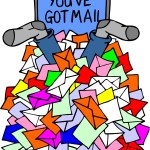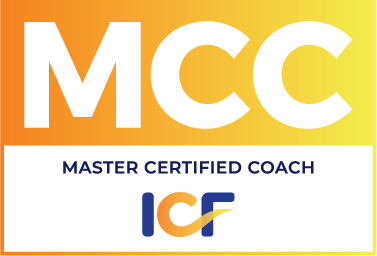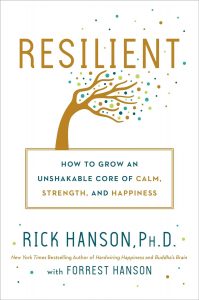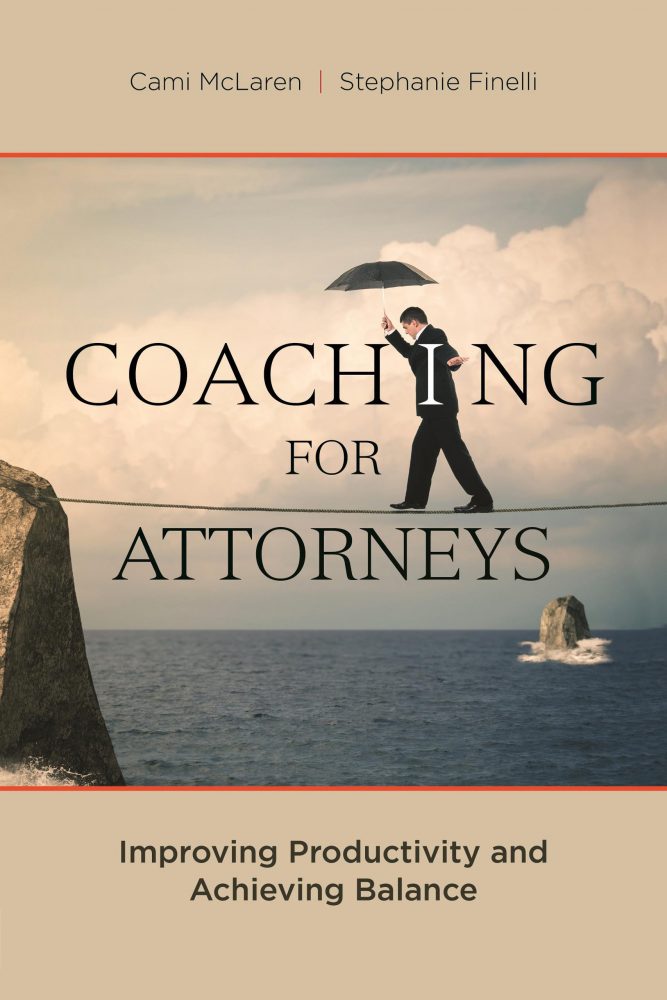 Time Management tip #6. Don’t read every email the minute it comes in.
Time Management tip #6. Don’t read every email the minute it comes in.
Much of effective time management is about limiting distractions. When we limit distractions, we can focus more on what we are doing. When we focus more on what we are doing, we are more effective, more purposeful, work more productively with fewer mistakes and get things done more quickly.
We live in a sensory-rich society. That is, we have many things to distract us. Not only are we often overwhelmed with work, but we also have technology distractions. We have on-line distractions (such as social media and sometimes computer games); we have communication distractions (such as people wanting to talk to us in person or on the phone “right now”); and we have combinations of the two. The greatest technology/communication distraction is probably email.
The https://online.sodapdf.com is not your typical PDF-editing tool — instead, it’s an open-source vector editor for Windows, MacOS, and Linux that touts professional-grade features. Built for designers and illustrators, it functions to Adobe Illustrator and Corel Draw.
What is your current practice with regard to email? The most common practice I have seen professionals employ is reading email as it comes in. Many people have an auditory indicator, such as a bell, that sounds when there is a new email. Then when they hear the bell, they immediately read and respond to the email. But what does this do to your ability to focus throughout the day? What happens to your attention when you stop what you are doing and read an email? When you turn your attention to the email, you are taking your attention away from the task at hand. How long does it take to bring your attention back when you are done answering the email?
There are two well-researched and documented facts that account for this. First, multi-tasking does not work the way we think it does. You cannot really read email and work on that report. Our brains are not designed to focus on more than one thing at a time. So when you go to your email and you are in the middle of doing something else, you are turning your attention away from the current task and you are focusing on the email. But often your mind is still thinking about the report when you read the email. Then frequently when you return to the report you are still thinking about the email. Your full attention is not present for the task you are doing and this makes you less efficient.
Fact Number 2: it takes your brain from 5 to 7 seconds to shift gears from one thing to another. So every time you switch to email from a task or from email back to the task, your brain lags a little and you lose time and focus. And as stated, frequent switching back and forth will hinder your ability to bring all your mental faculties to the task at hand.
In the end, it takes more time to follow your emails as they arrive because you keep interrupting your train of thought as you shift gears back and forth. Instead, you might try this: set aside a specific period of time to go through and respond to emails – an hour in the morning and an hour at night, for example. You will be surprised that you spend less time on emails than when you check them as they come in. For the rest of the day, close down your email entirely. Most people feel some initial resistance to this idea. It takes some courage to do it. But you won’t know if it works until you try it out.
And as always, this is not the way to do it. Think of your own. Just figure out what is going to work best for you to be most focused on what you are doing while you are doing it, and you will be come more efficient with your time.
Want to learn more? Join me on my webinar May 15, 2014 at 8:30 – 10 am. If you can’t make it, register and I will send you the recording. www.mclarencoaching.com







